Tesla Model S Steering Wheel Will Work Using Steer By Wire
By now, all the Tesla fans who frequent this site have seen the pictures of the steering yoke on the refreshed Model S. It’s similar in shape to the steering yokes on airplanes. Of course, nobody thinks that the refreshed Model S can fly so there’s no indication that pushing forward on the Model S yoke will make the nose of the Tesla point downward or that pulling back on the yoke will make the nose of the Tesla point upward. That sort of thing is strictly for airplanes.
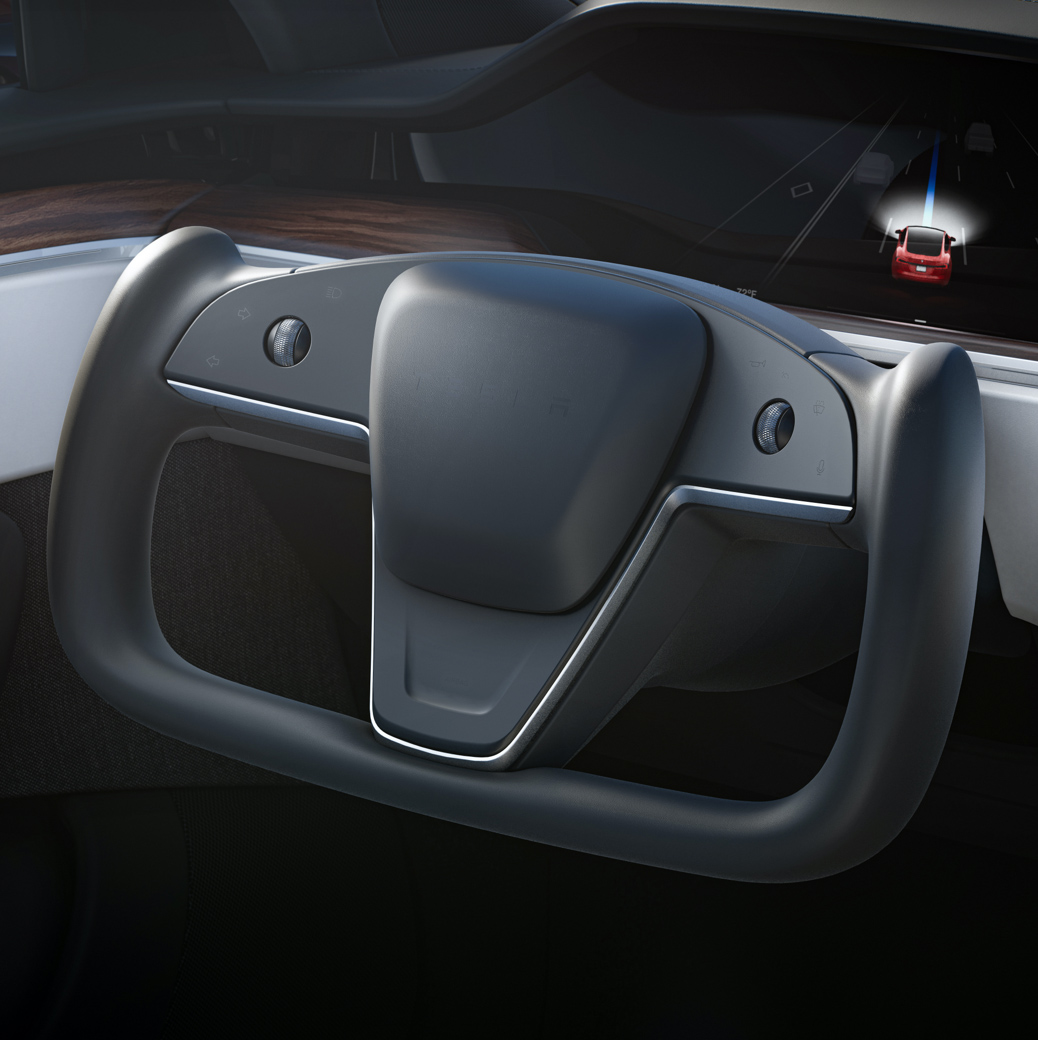
There’s a reason that steering wheels on cars are round, or nearly round. That reason is that in tight spaces, you sometimes need to turn the wheel more than 180 degrees in order to make the front wheels get all the way to the left or to the right. This is a leftover from when cars sometimes came without power steering. For those of you old enough to remember that long ago time, parking without power steering was a bit more work than we wanted to do. There was more mechanical advantage, and thus less force required, to turn the wheel all the way to the stop if the amount you had to turn the wheel was more than 180 degrees. In order to do that, you had to go hand over hand, and it was helpful if the rim of the steering wheel was pretty much in the same place no matter where the front wheels of the car was facing because when you’re looking out the rear window of the car, you can’t keep track of where the rim of the steering wheel happens to be.
So I started thinking about how Tesla could deal with issues like this now that they’re putting the yoke steering on the Model S. I’d have dropped this essay a week ago if I’d been able to figure it out, but I was unable. Today, I decided to consult the Oracle of YouTube to get an answer. The trouble with consulting YouTube is that some of the people who put up videos aren’t any smarter than I am. I checked out a few of those videos. One had a guy who put a model of a yoke on his regular steering wheel and tried to steer with just that part of the wheel. He could, but it didn’t tell me anything about what the engineers at Tesla were probably thinking. Another guy actually used a hacksaw on his steering wheel to make it into a yoke. He could steer, but that was also not enlightening. Finally, I found a YouTube video that gave a theory that I could get behind.
To me, a steering yoke makes sense only if you don’t need to turn the yoke any more than ninety degrees in either direction, just the way it is in an airplane. That way, there’s no hand-over-hand movement when you’re not looking at the steering wheel. I was stumped by this because steering would be too quick at highway speeds. There are already collisions when someone jerks the steering wheel too hard. These would be more frequent if the steering was so sensitive to slight movements.
The video gives the answer. What you don’t see in the pictures of the yoke steering are pictures of the steering mechanism. Now remember, the person who made this video is theorizing. I’m writing about the video because I believe his theory is correct. The person who made the video goes by the moniker, TenXchange.
Here’s the theory. Tesla is eliminating the traditional rack and pinion steering in which the steering wheel is physically connected to the steering mechanism by a stiff rod. Instead, the steering yoke is electrically connected to the steering mechanism, a steer-by-wire system. That’s helpful for two reasons.
First, there can be a variable steering ratio. When you’re going fast, on the highway, steering the car is less sensitive so a quick jerk on the wheel will make your car point in the direction you want to go, but it won’t send the car into an uncontrolled skid. When you’re going slow, and parking the car, you won’t need to turn the yoke very far to get the wheels in the direction you want them to go, and you won’t need all that hand-over-hand motion of the steering wheel to get the car parked. In between, on city streets when you’re not going as fast, the steering ratio can be more sensitive than on the highway but less sensitive than when parking.
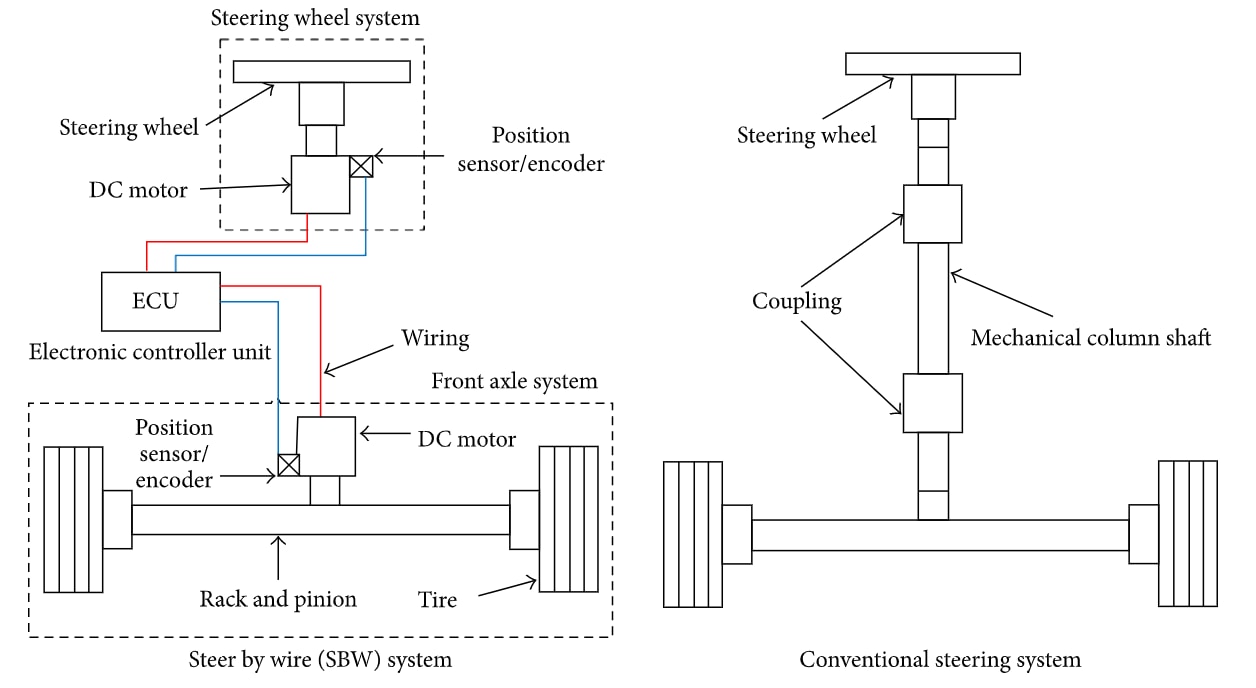
The second reason for having steer-by-wire according to TenXchange is that there will come a time when your Tesla with FSD will actually be autonomous. You may want to send your car out to work as a taxi for you while you stay home and do something else, or you might just want your car to be your chauffeur while you do something else besides driving. I have to say that even though I paid for FSD when I bought my Tesla a year or so ago, I’ll be surprised if this happens in my lifetime. Anyway, if actual FSD does come to pass, and if my car is a much safer driver than most human beings, then I wouldn’t want a human being to be able to take over the driving by just turning the steering wheel or tapping the brake. That could cause an accident.
My car won’t ever have steer by wire or brake by wire since it doesn’t have those things now, and I doubt that Elon Musk is going to recall half a million Teslas with FSD in order to convert them to steer-by-wire and brake-by-wire. But the newer cars, the ones with yoke steering, may well have those features.
Tesla has an event to release the first redesigned Model S cars to owners on June 3rd.
Ordering a New Tesla?
Consider using our referral code (karan29050) to get up to $2,000 off your new Tesla and get 3 Months of FSD for free.



















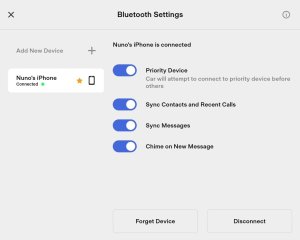

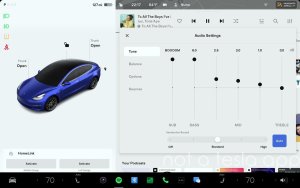

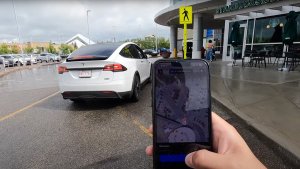





![Andrej Karpathy considers returning to Tesla to work on Optimus [video]](https://www.notateslaapp.com/images/news/2022/karpathy-podcast_300w.jpg)













